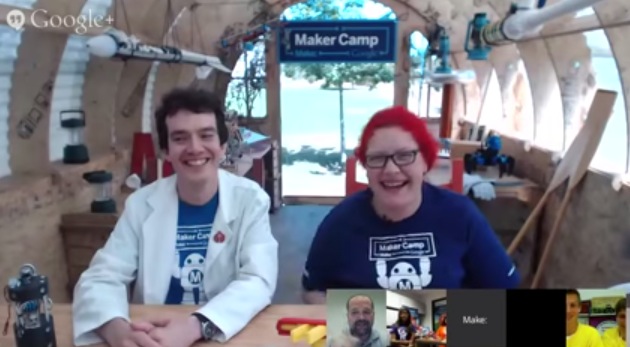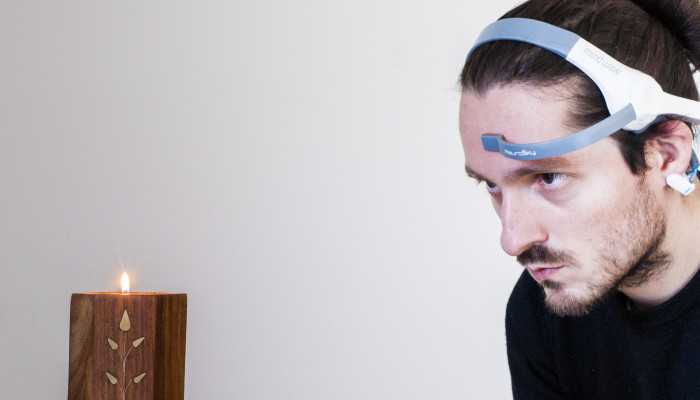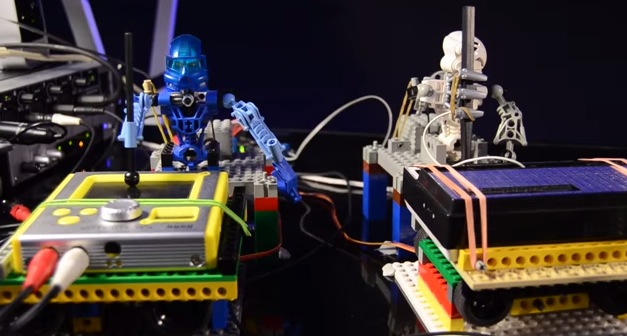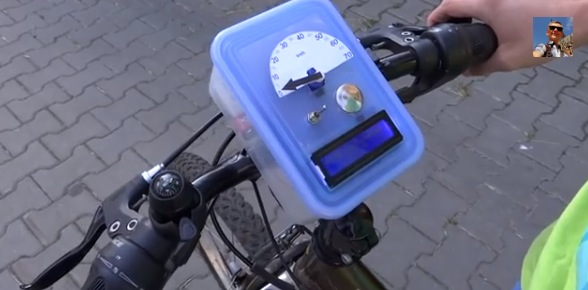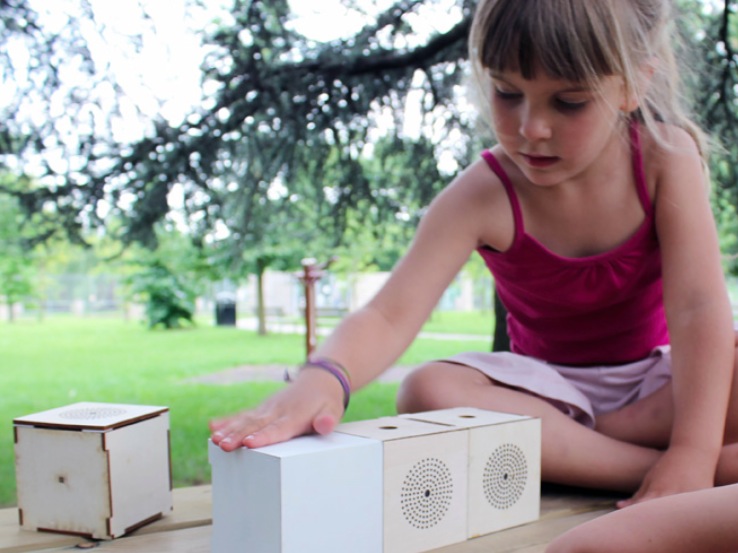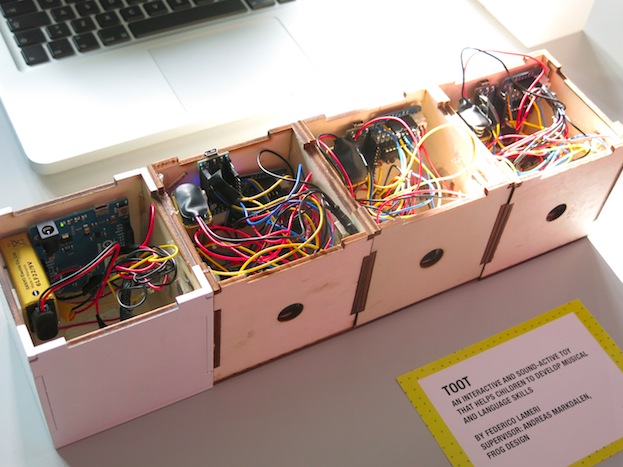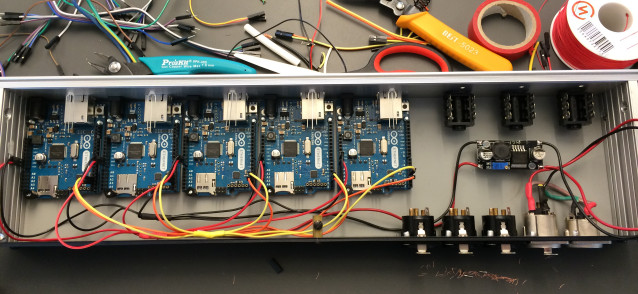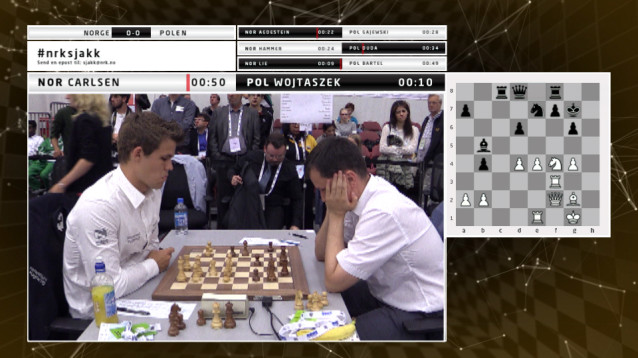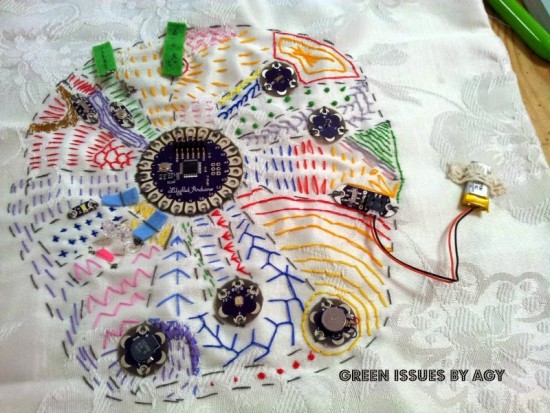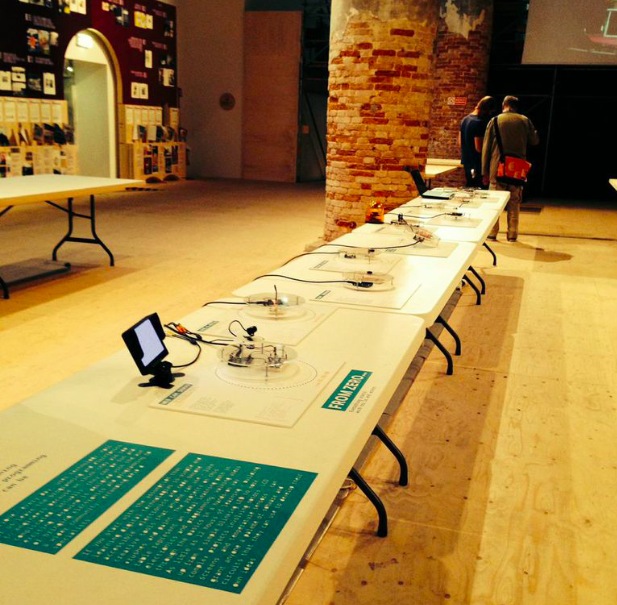
Arduino has been chosen as an example of how the open-source, collaborative approach is reshaping the world of technology and design and, on September 5th and 6th, we’ll be on of the contributor of the Weekend Specials section of the 14th International Architecture Exhibition of la Biennale di Venezia curated by Rem Koolhaas.
The Arduino space at the Biennale Architettura 2014 has been conceived to inspire visitors to rediscover their ‘maker gene’: the impulse to learn and make things by yourself. Curated by Enrico Bassi, the exhibition includes responsive installations and hands-on demos to encourage visitors to interact and better understand the creative, transformative potential of Arduino and other open-source digital tools.
The first section focuses on the history, development and applications of Arduino. It features a glance at the evolution of the board, alongside an illustration of how it can enable an easy, direct approach to electronics and programming. In a dedicated area, the Treviso Arduino User Group, a local community of makers, engages visitors in a two-day hackathon on biometric and environmental sensors. The mezzanine level offers a playful and immersive take on what Arduino can bring to light installations.
A second section explores the impact of Arduino on a variety of innovative projects and businesses. It features a selection of items from Arduino AtHeart, a program designed to support and promote independently developed Arduino-based products: Primo, Smart Citizen Kit, Bare Conductive Touch Board, littleBits Arduino Module, and Cromatica.
In the Italian Innovators area, a special focus is granted to outstanding examples of how Arduino fosters creativity and technological development in its country of origin: WASProject, a research initiative on architectural 3d-printing; MEG, an innovative open-source home greenhouse; Light Cryptalk, an Arduino-powered recreation of the WW2 Enigma cypher machine.
Ironically extending the maker approach to other, broader parts of society, a set of videos in the final section of the exhibition compares the effects of the closed- and open-source philosophy in sectors ranging from the auto industry to architecture, suggesting the possibility of a radical, pervasive transformation.
The Maker Gene was produced in collaboration with: Fablab Torino, Officine Arduino, Treviso AUG, Torino AUG, MEG, WASProject, Michele Lizzit, Primo, Smart Citizen Kit, Bare Conductive Touch Board, littleBits Arduino Module, and Cromatica.
Supported by: Arduino
Useful links:
Take a look at the general website of La Biennale>>
The venue hosting The Maker Gene is the Arsenale and our installation is hosted within the Weekend Specials initiative.
You can buy your ticket at this link.
Come and visit us on the 5th and 6th of September from 10am to 8pm!



